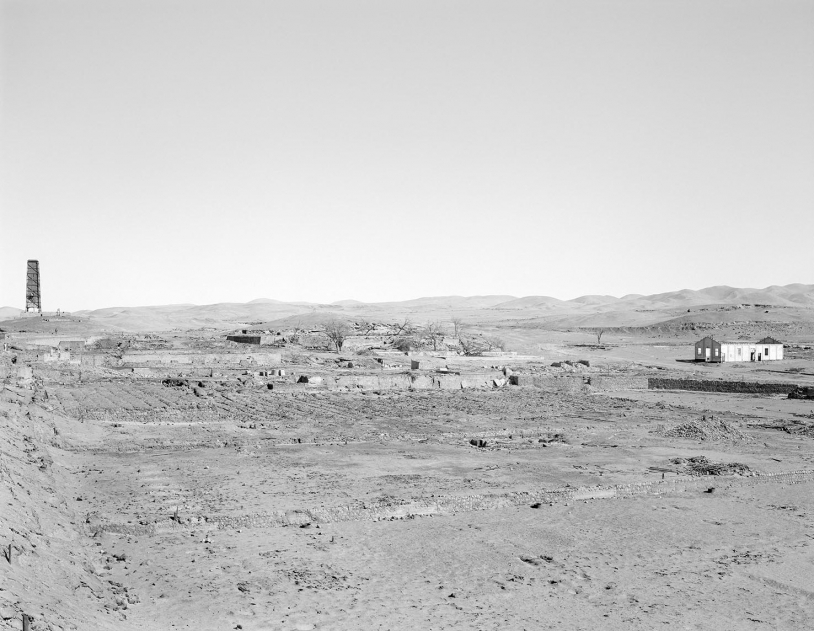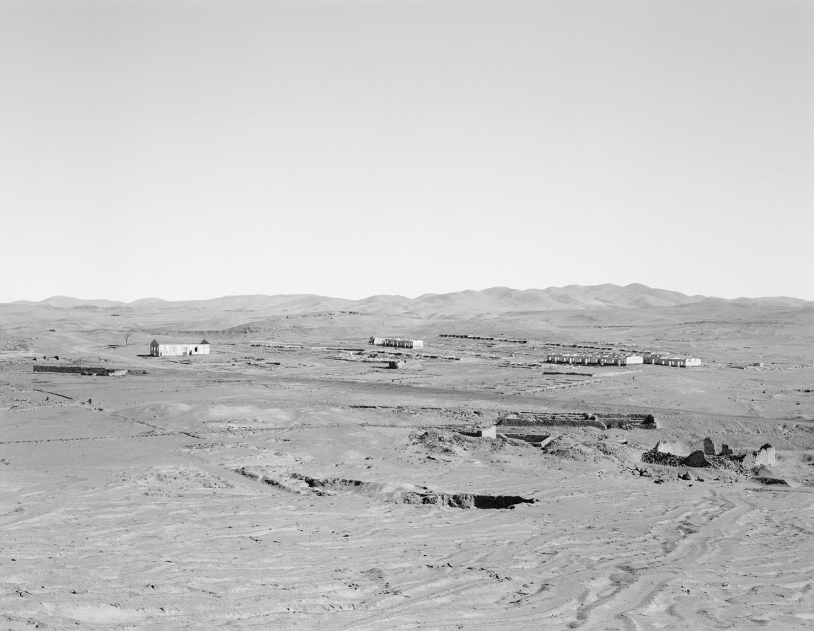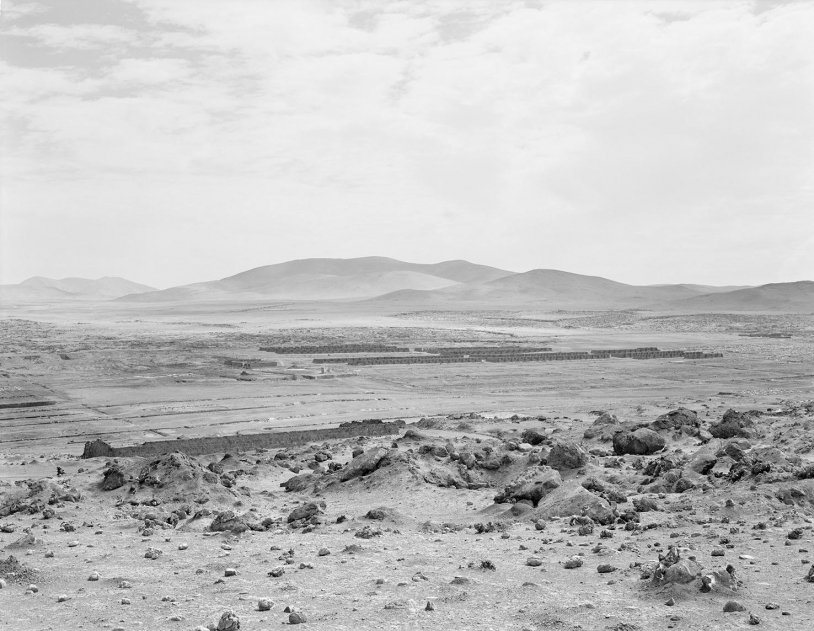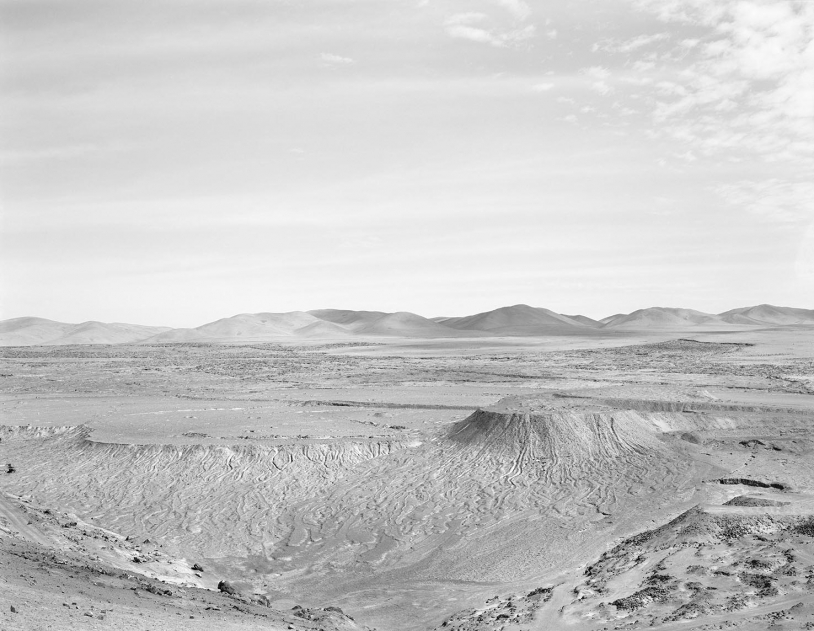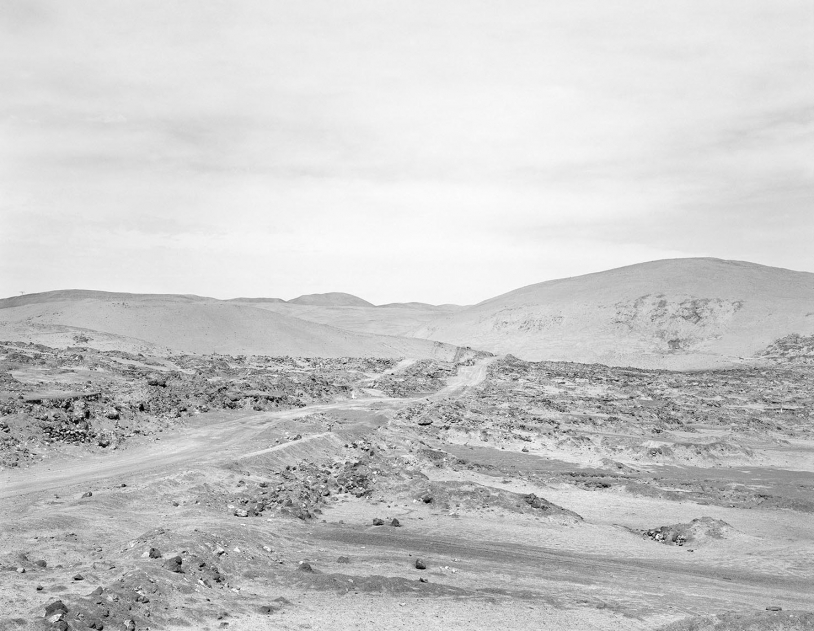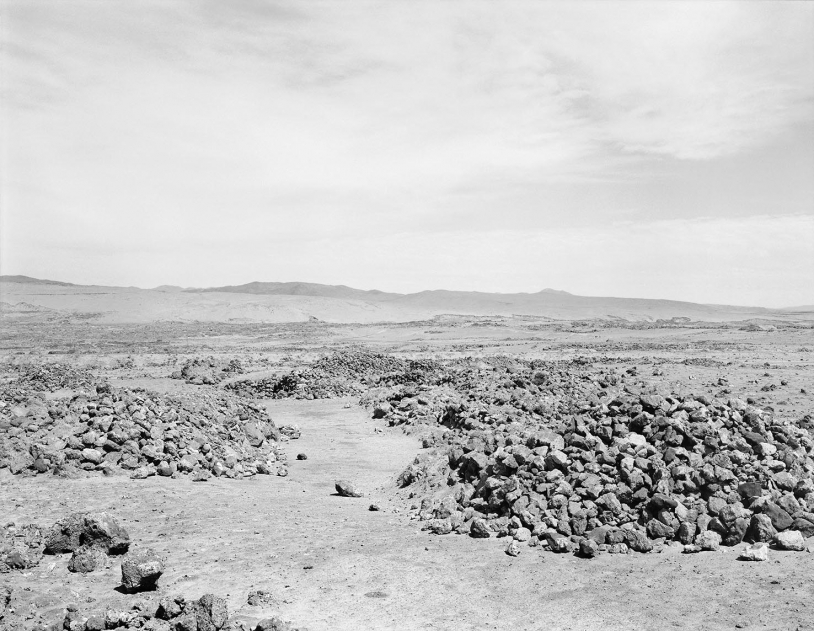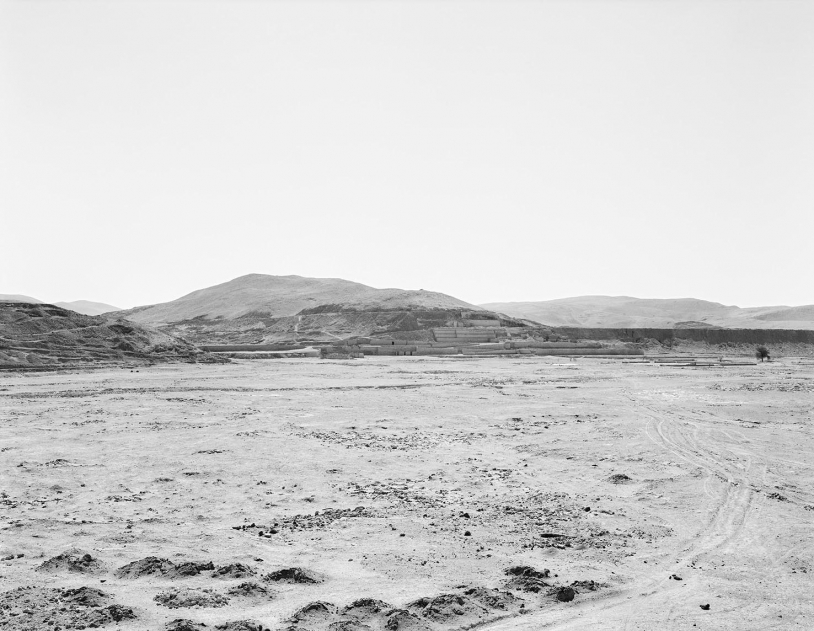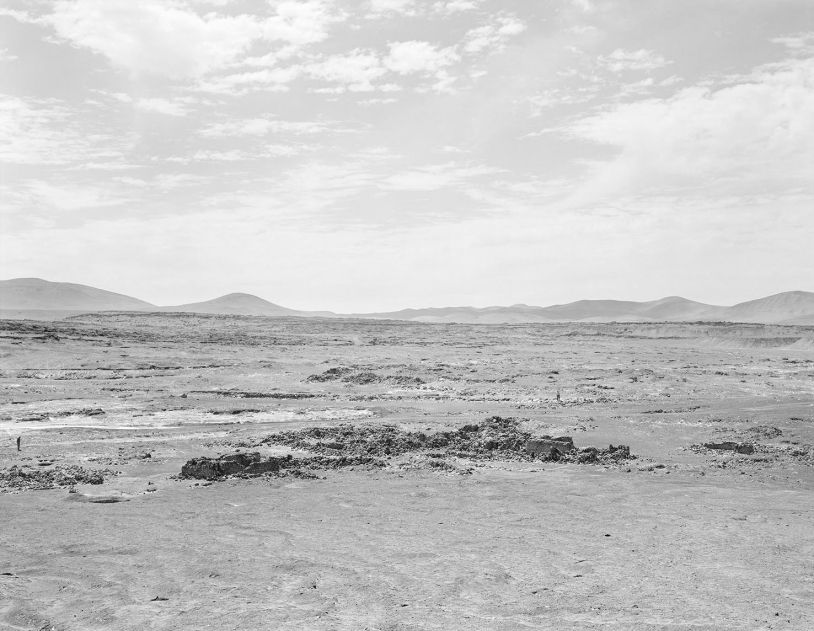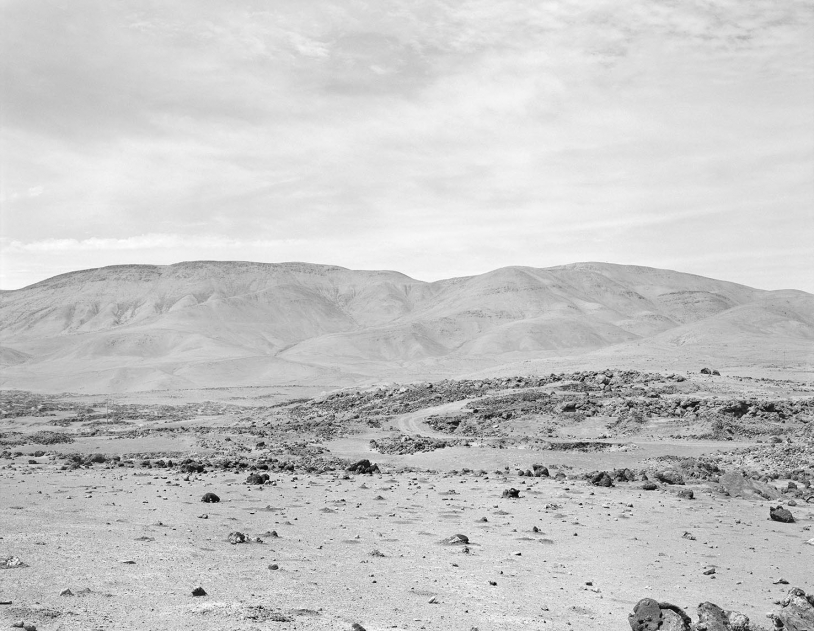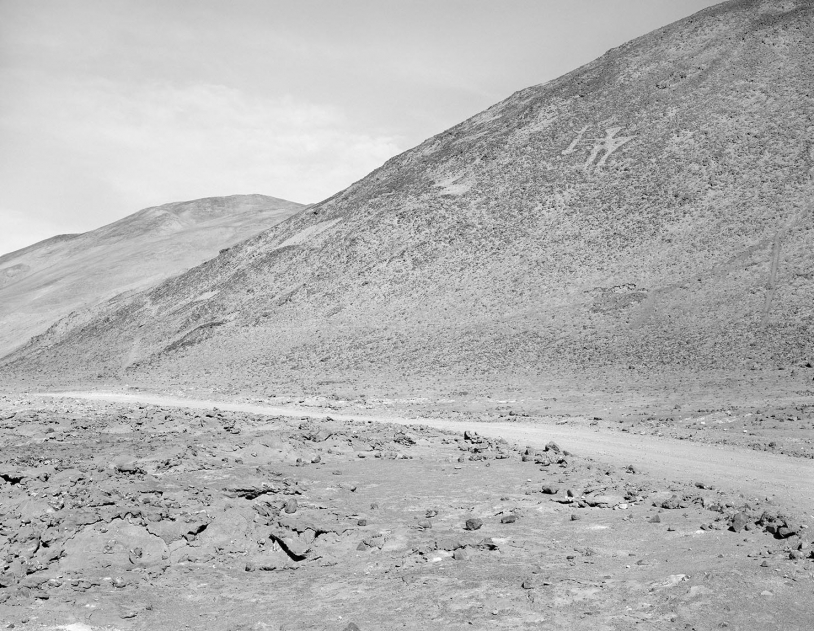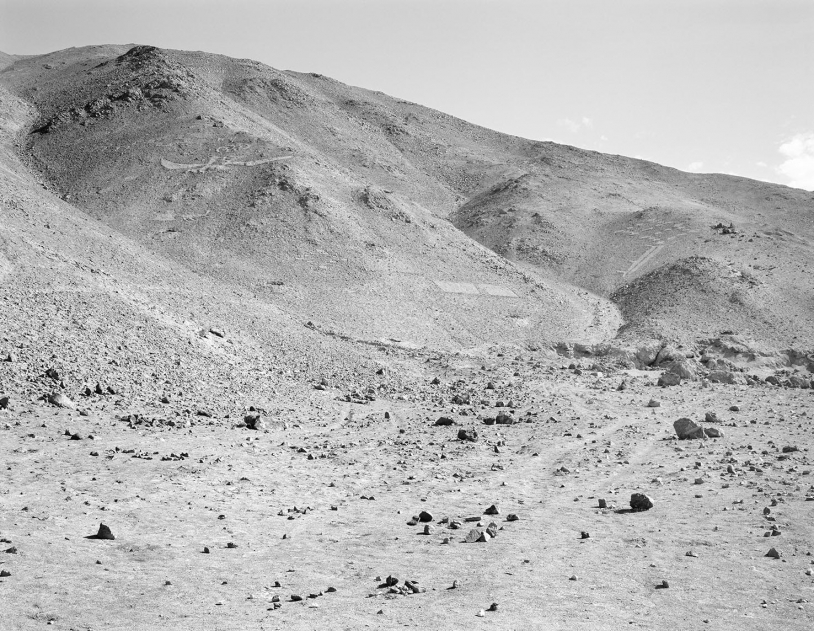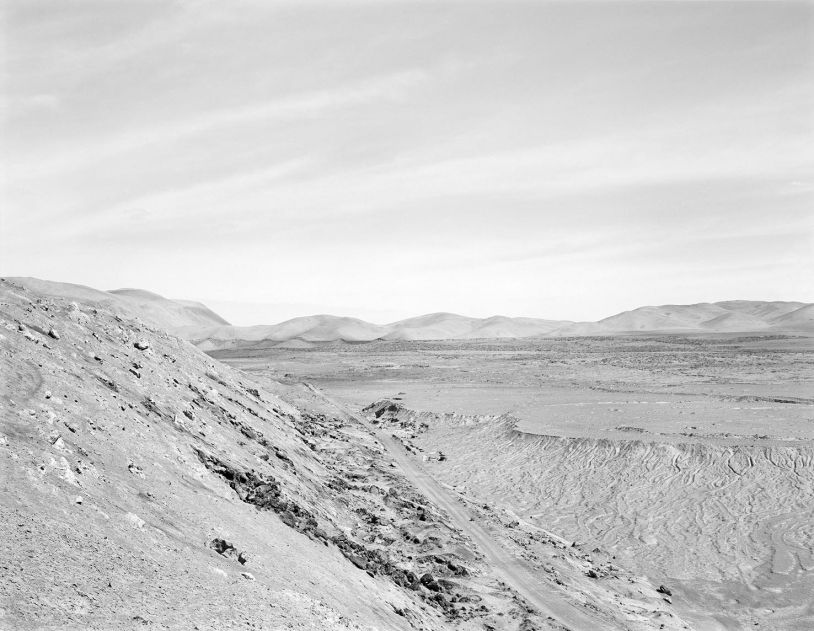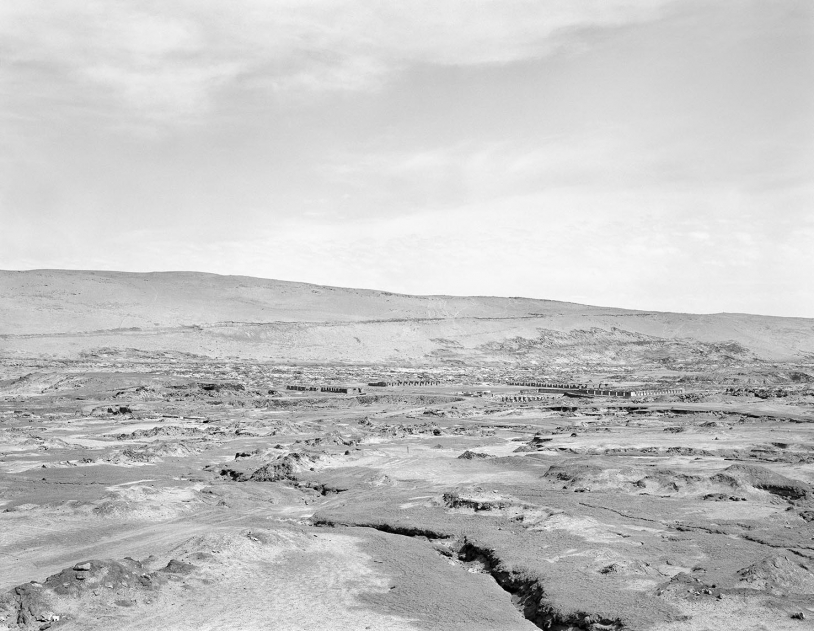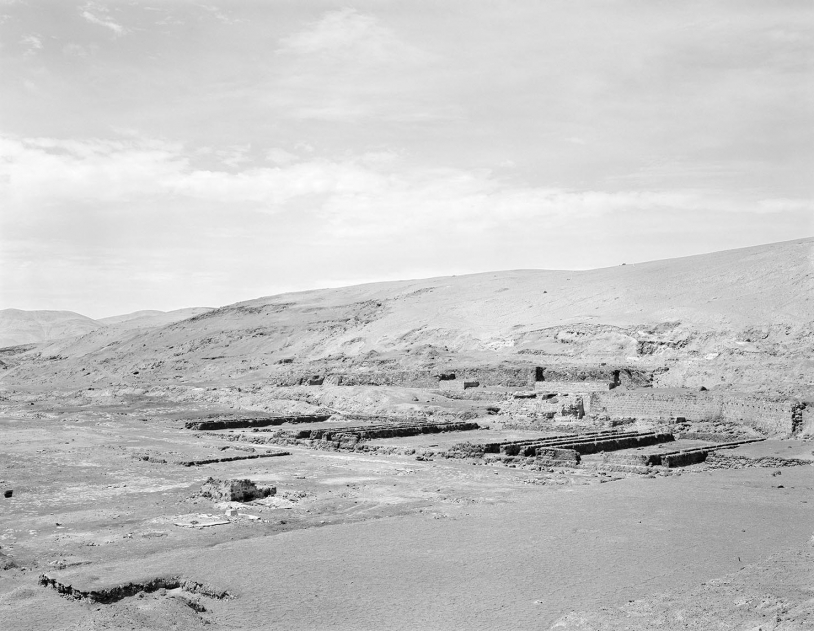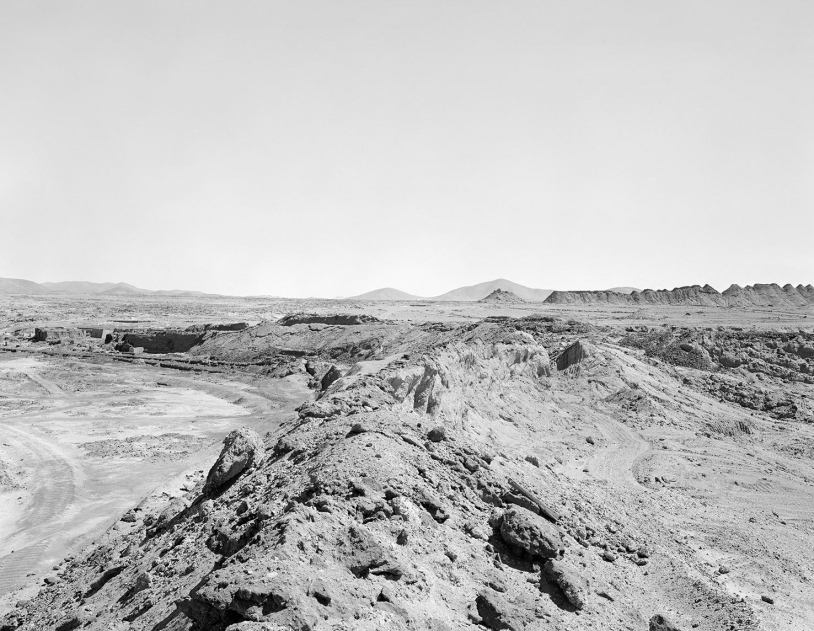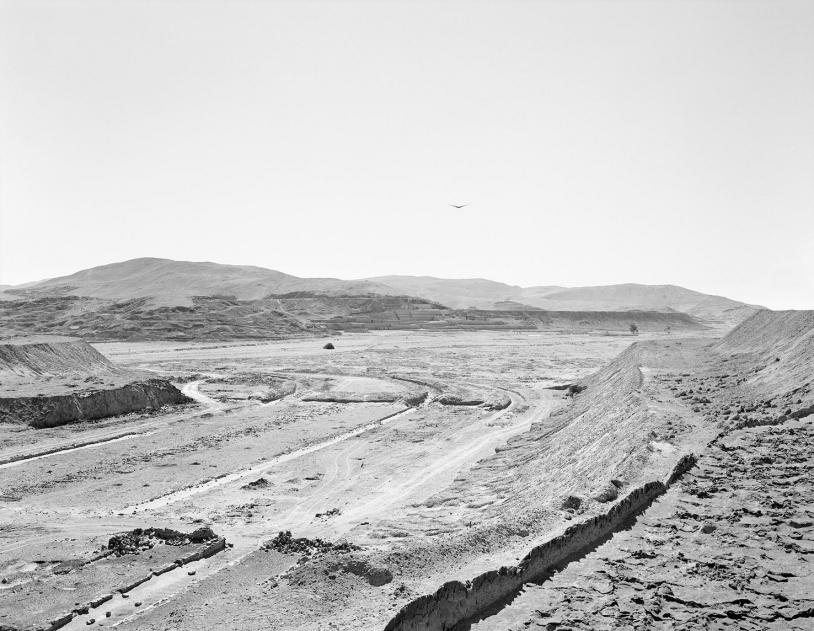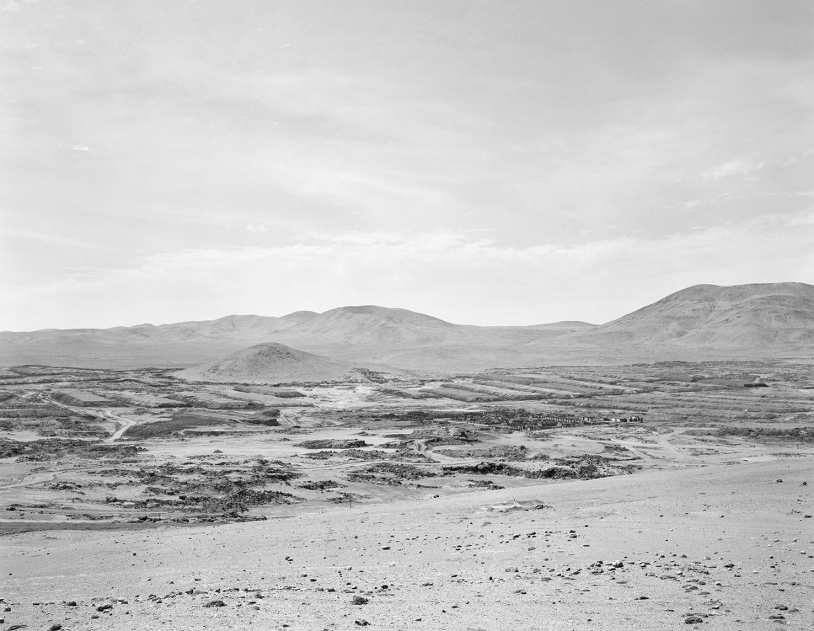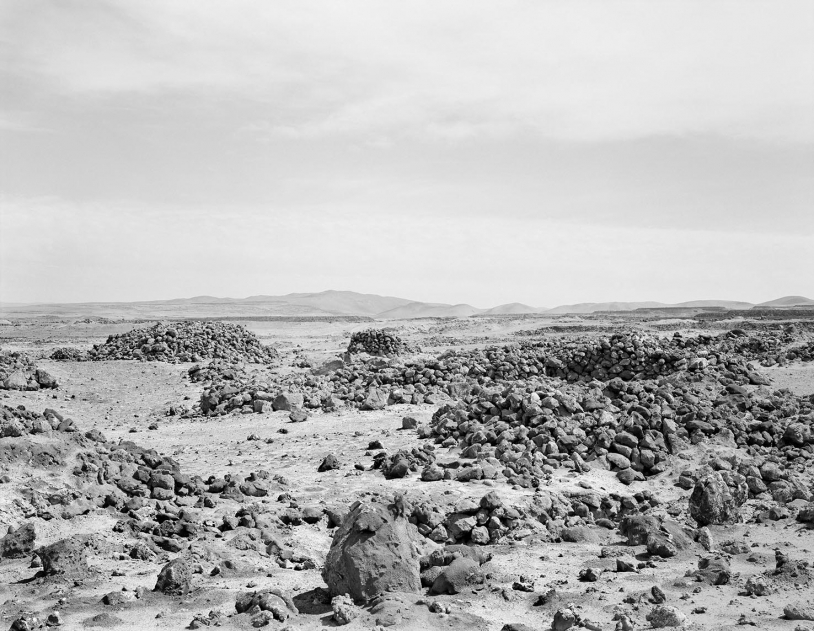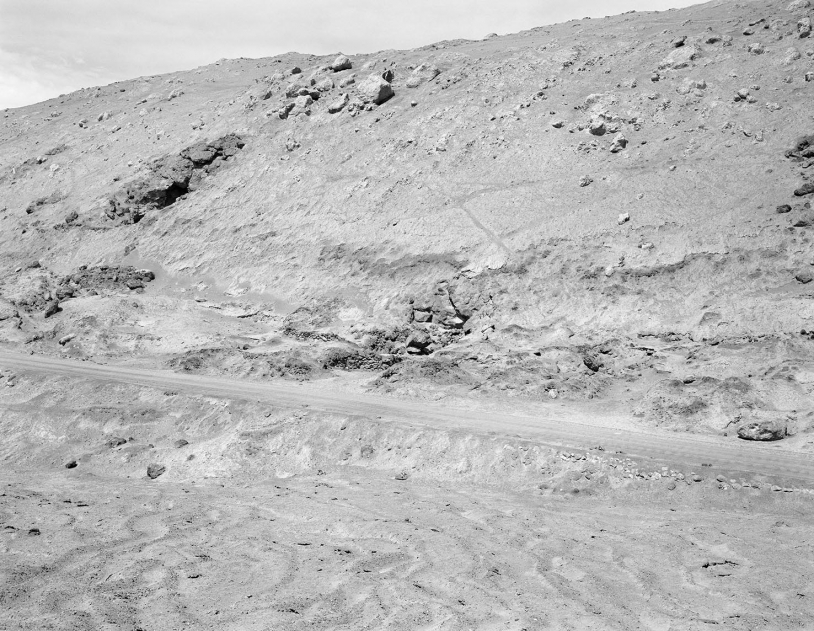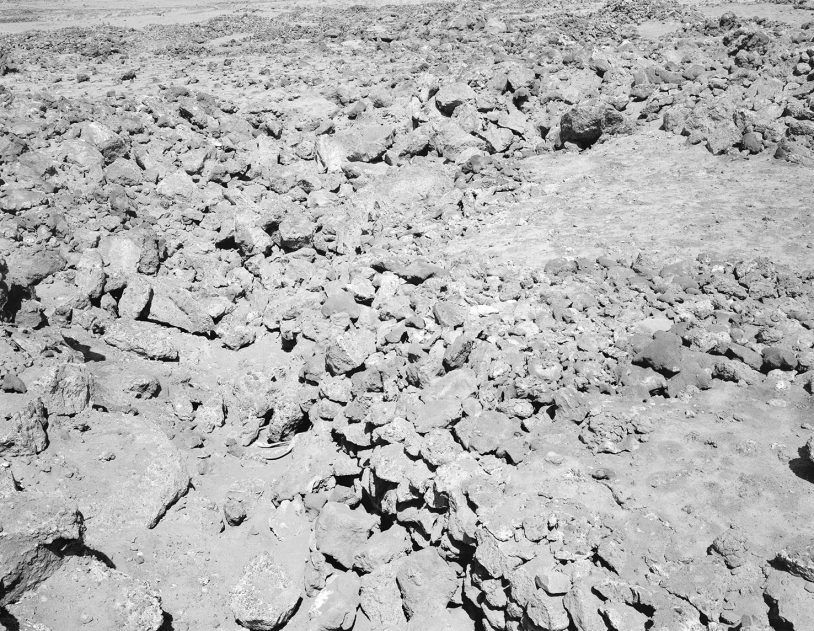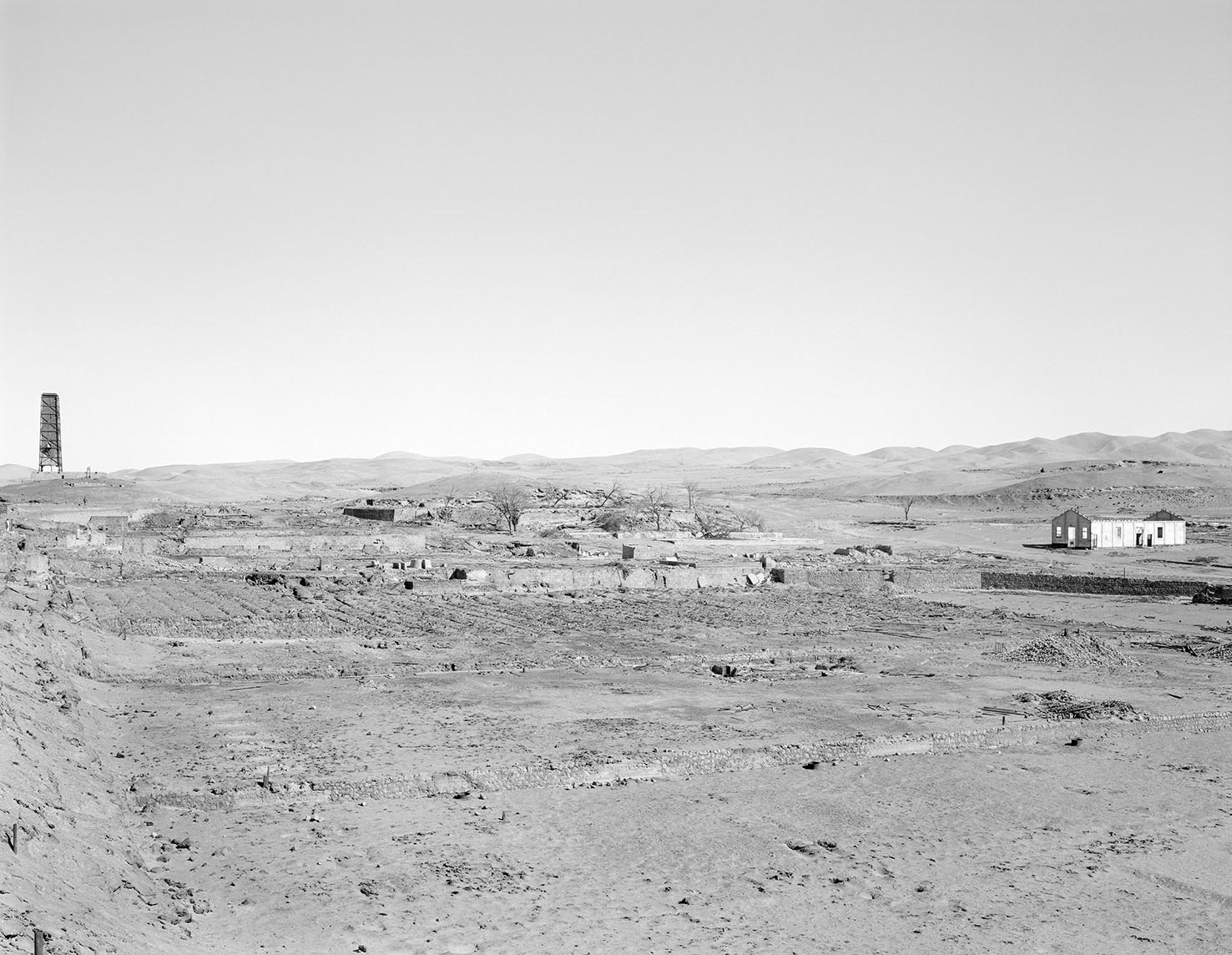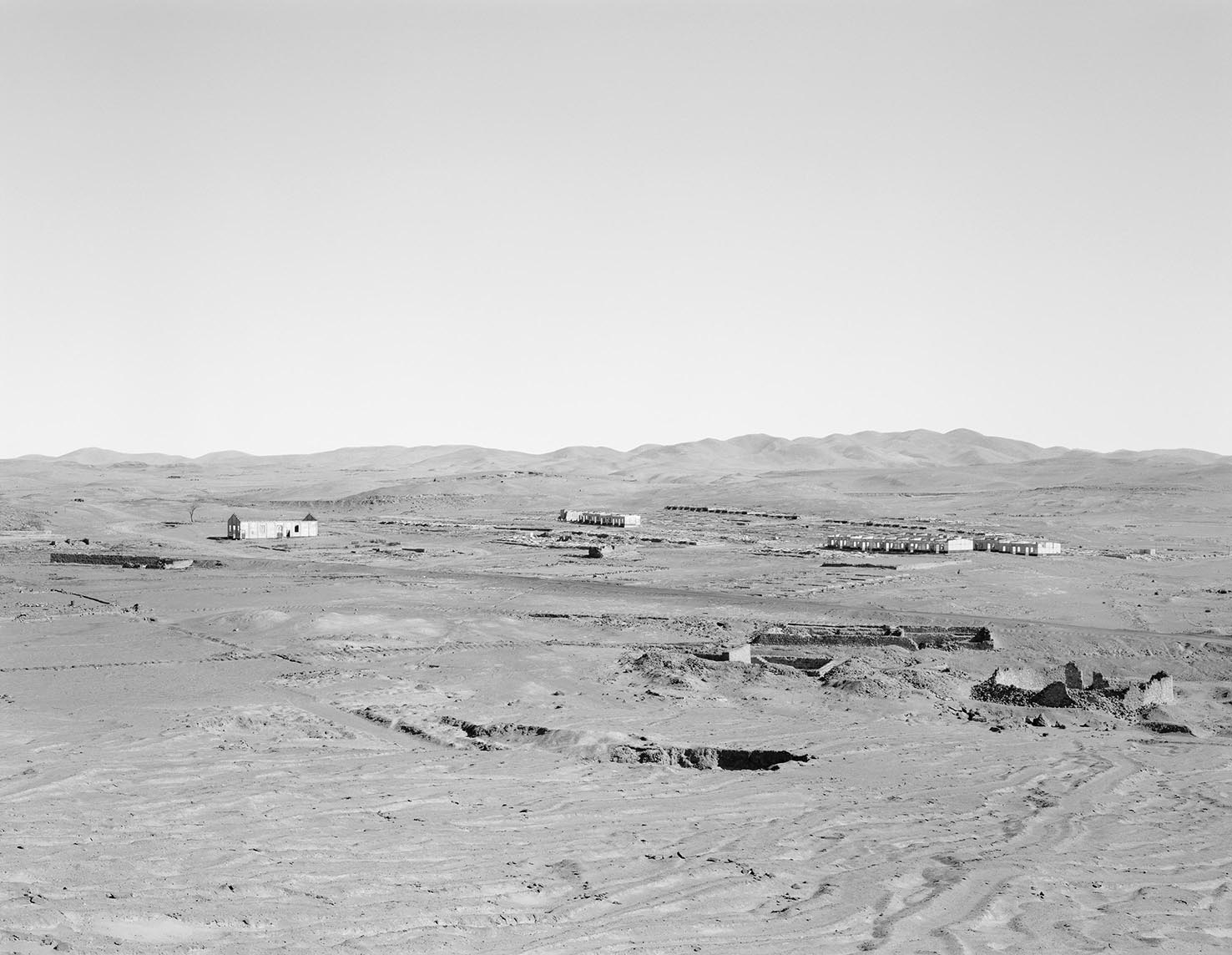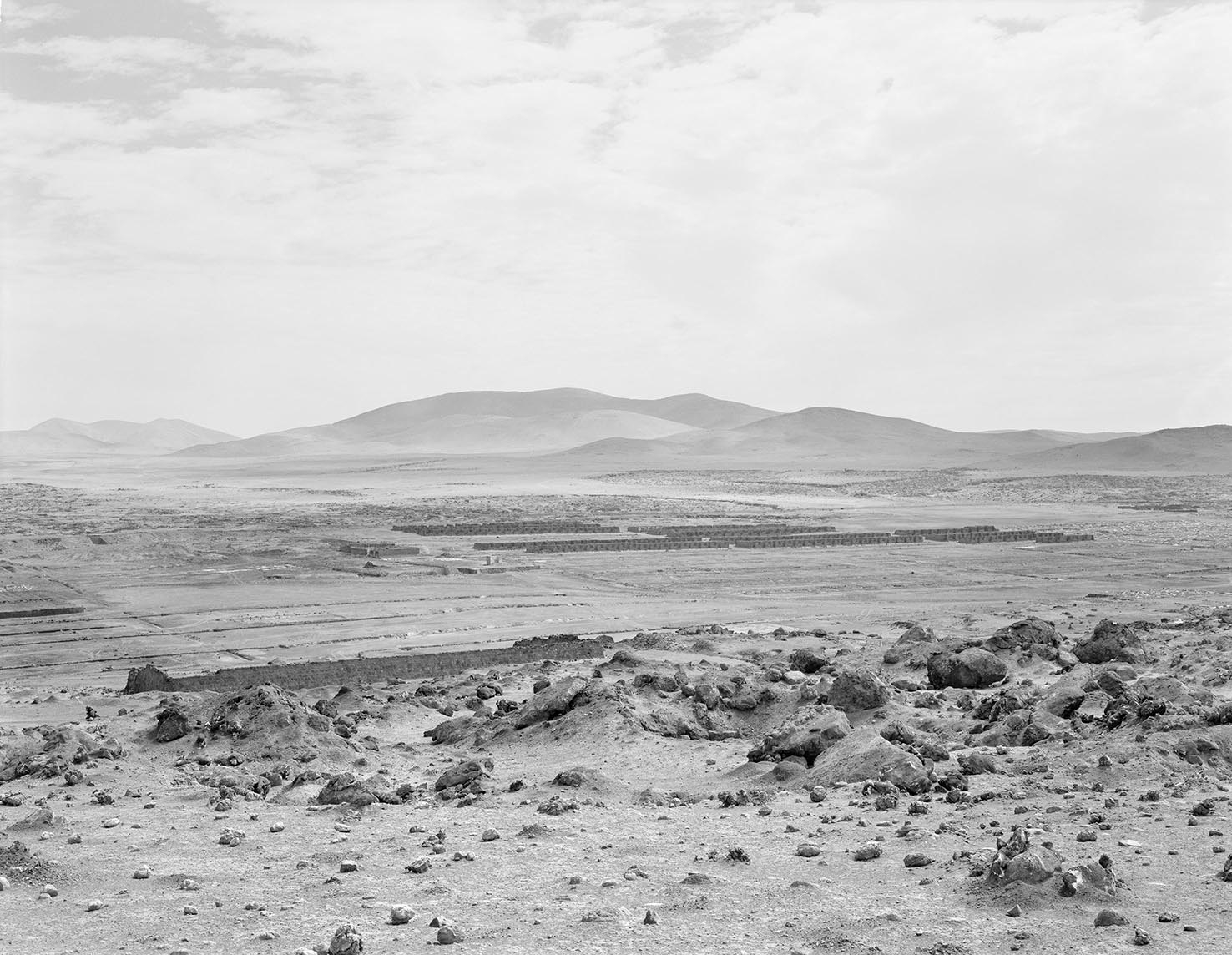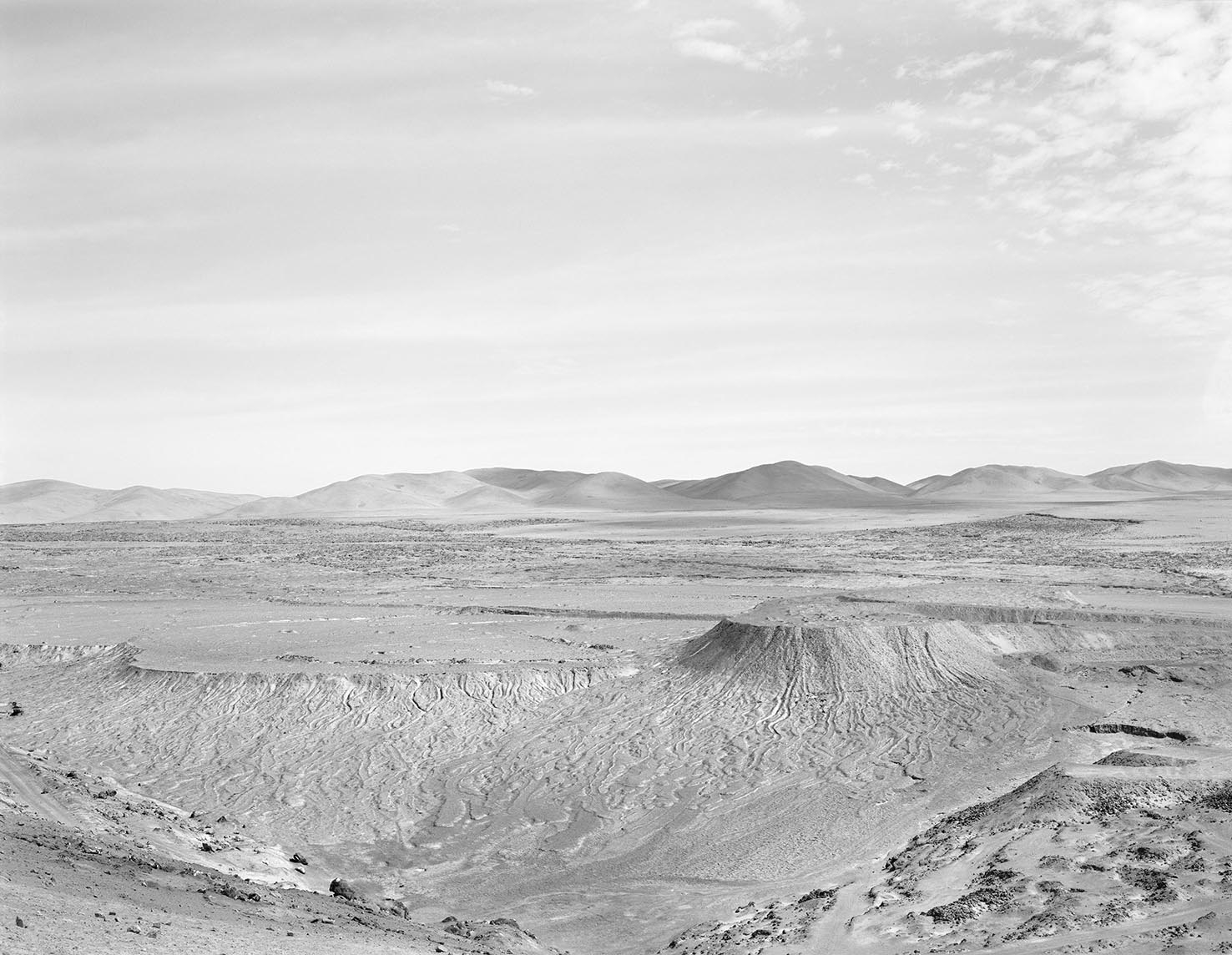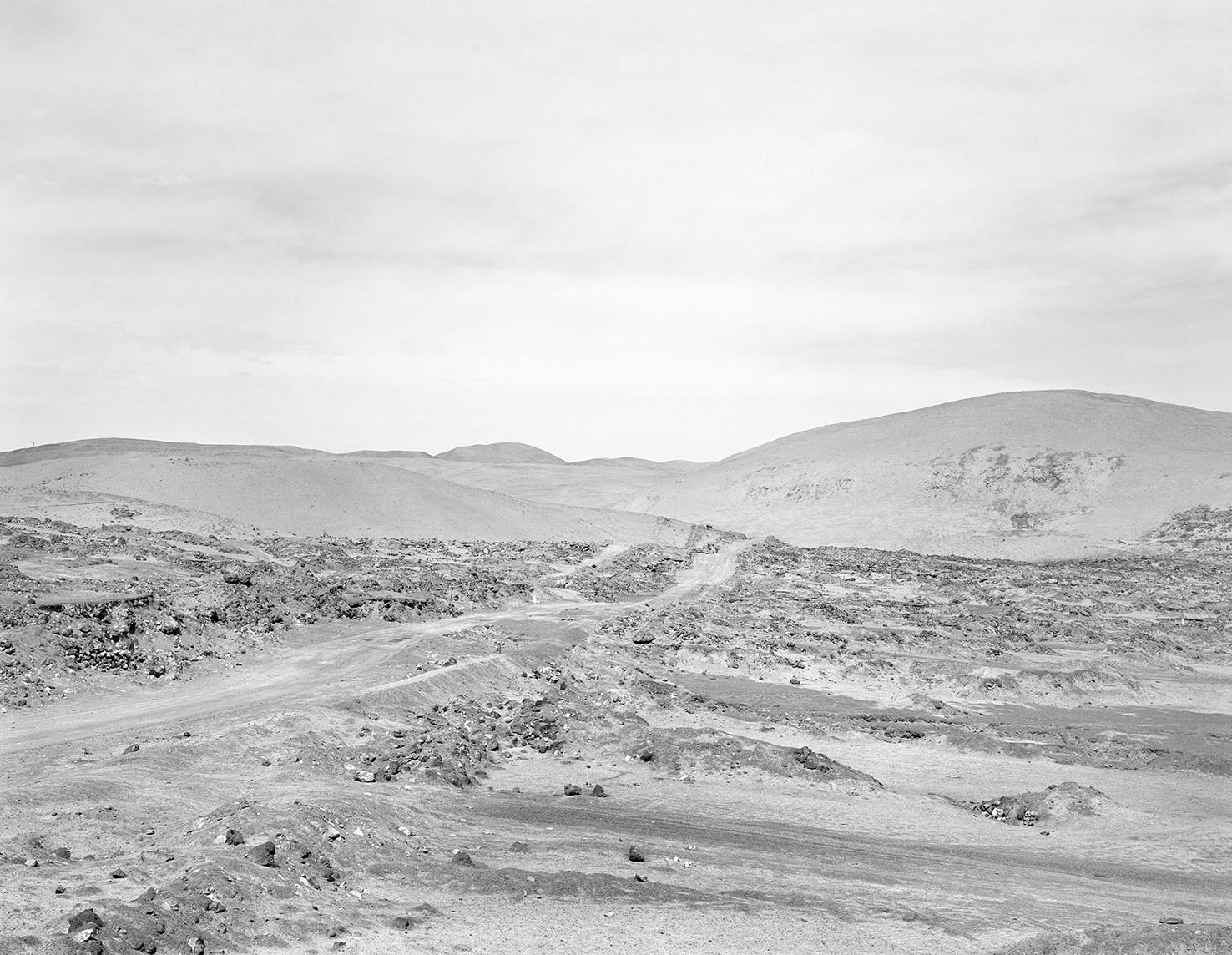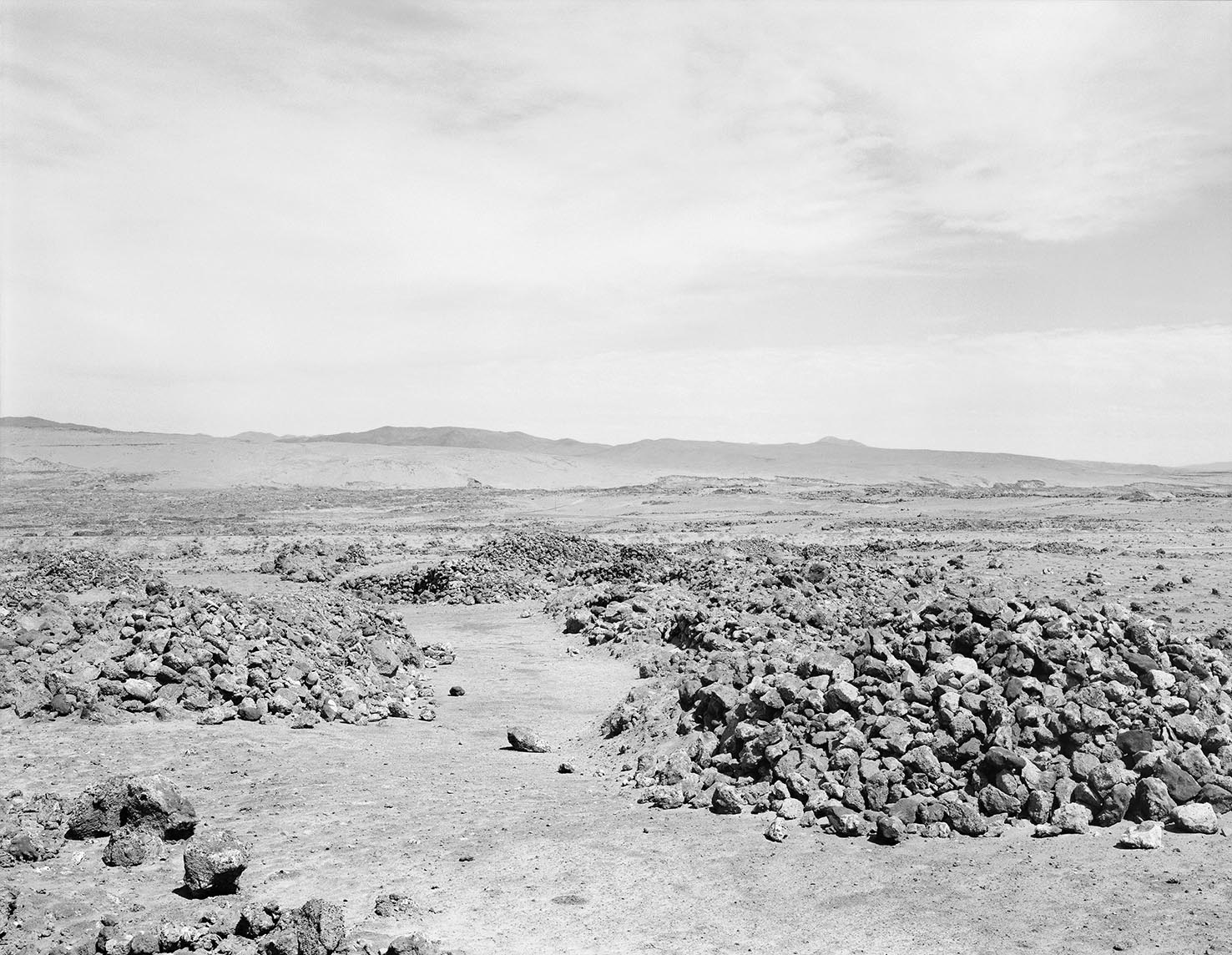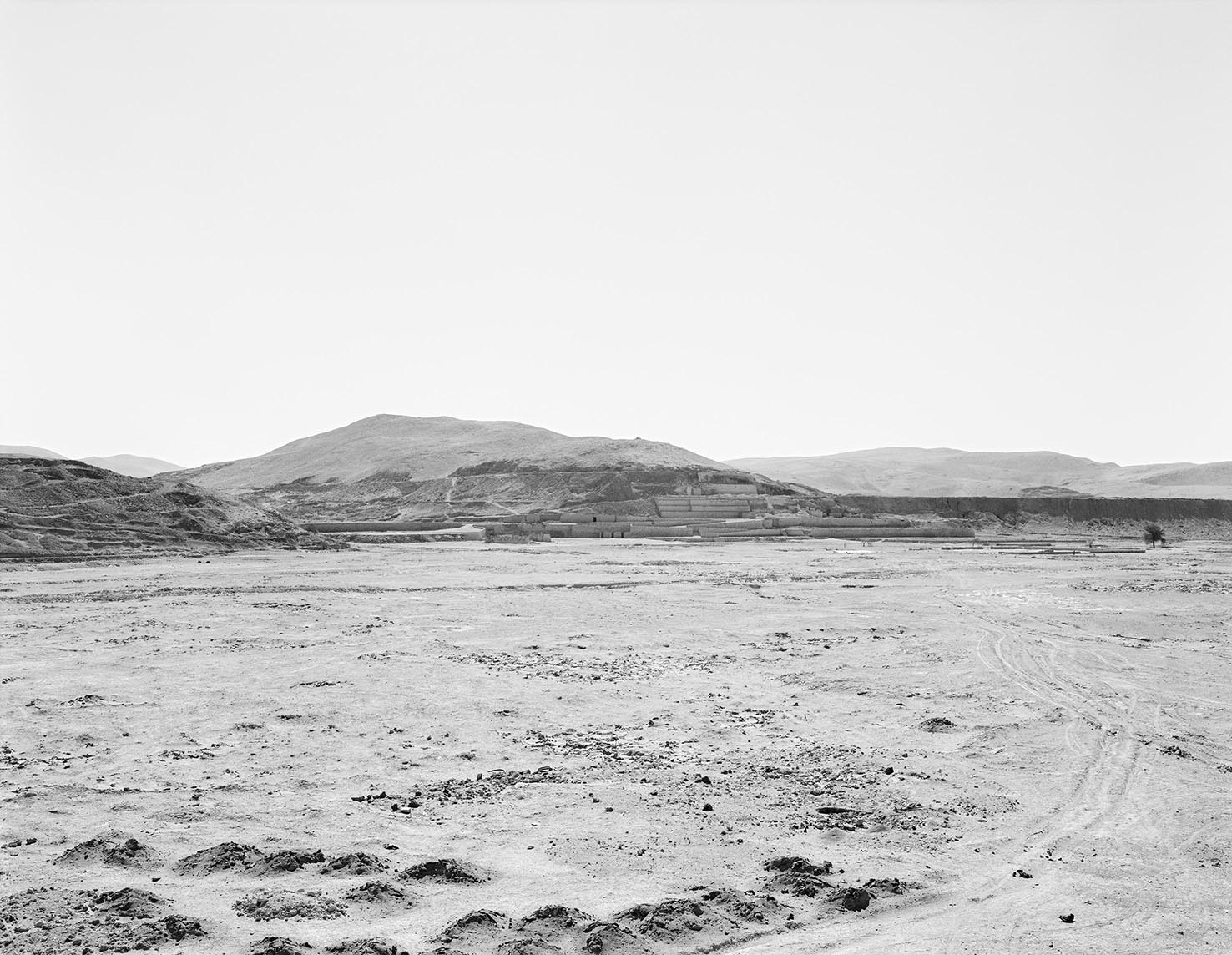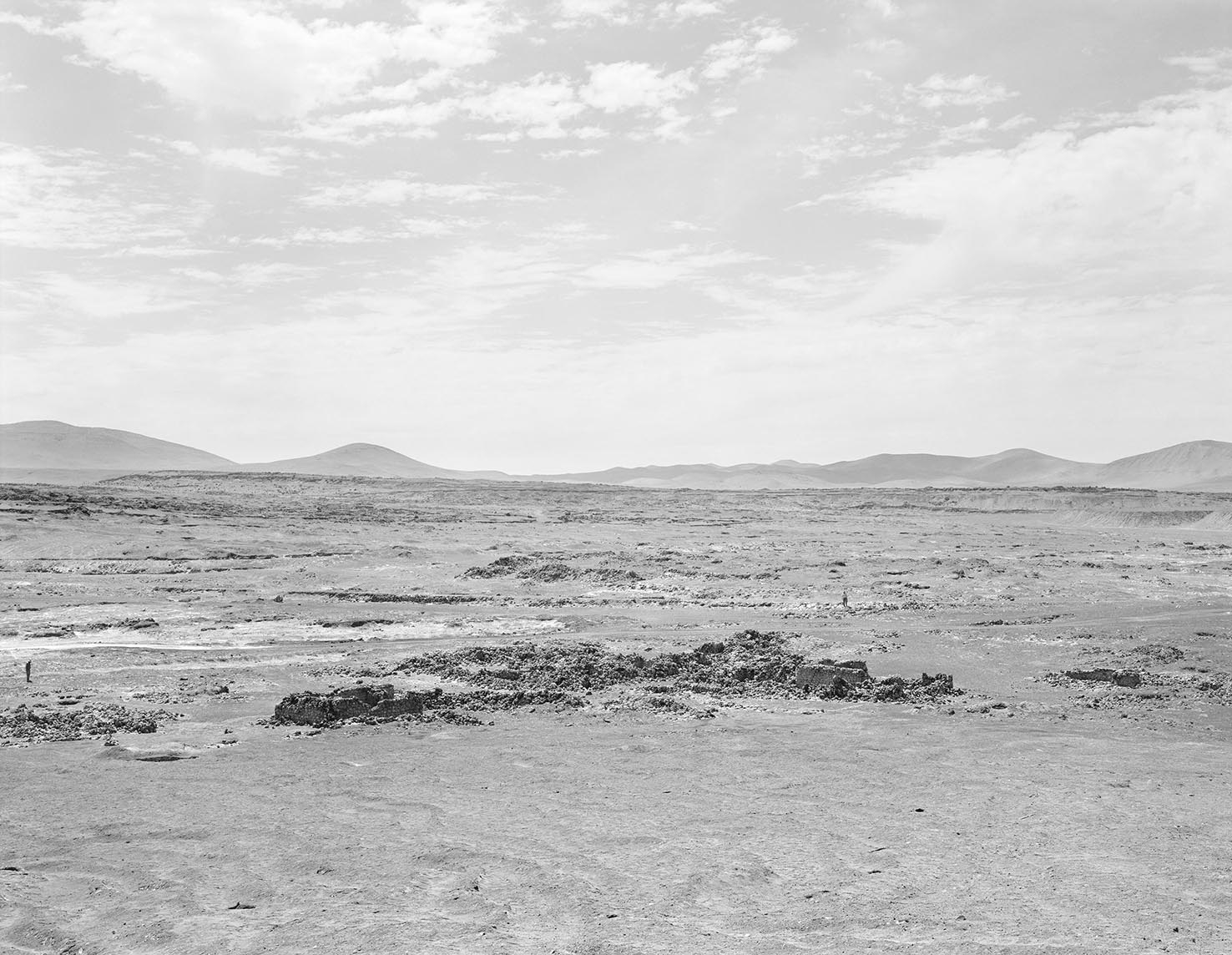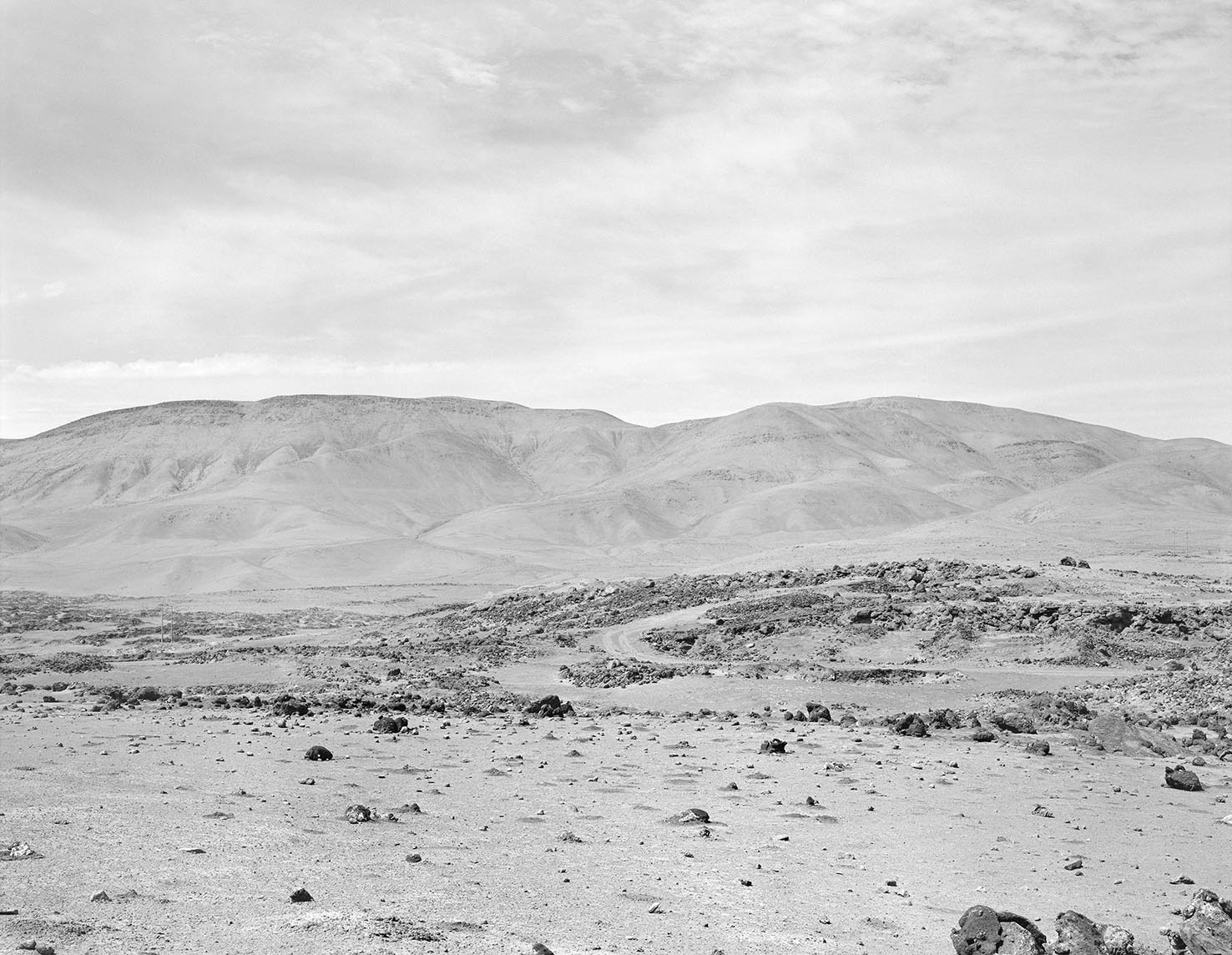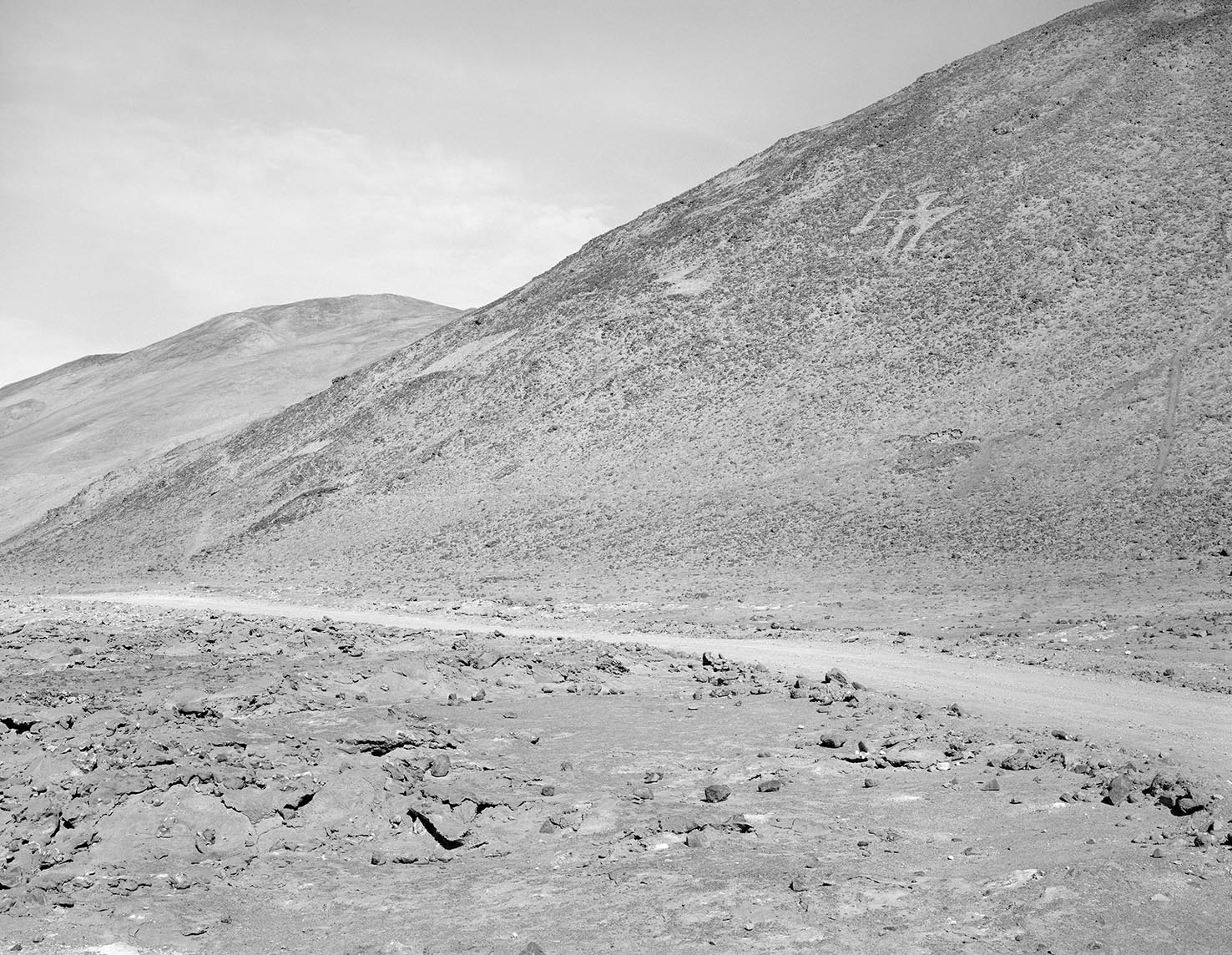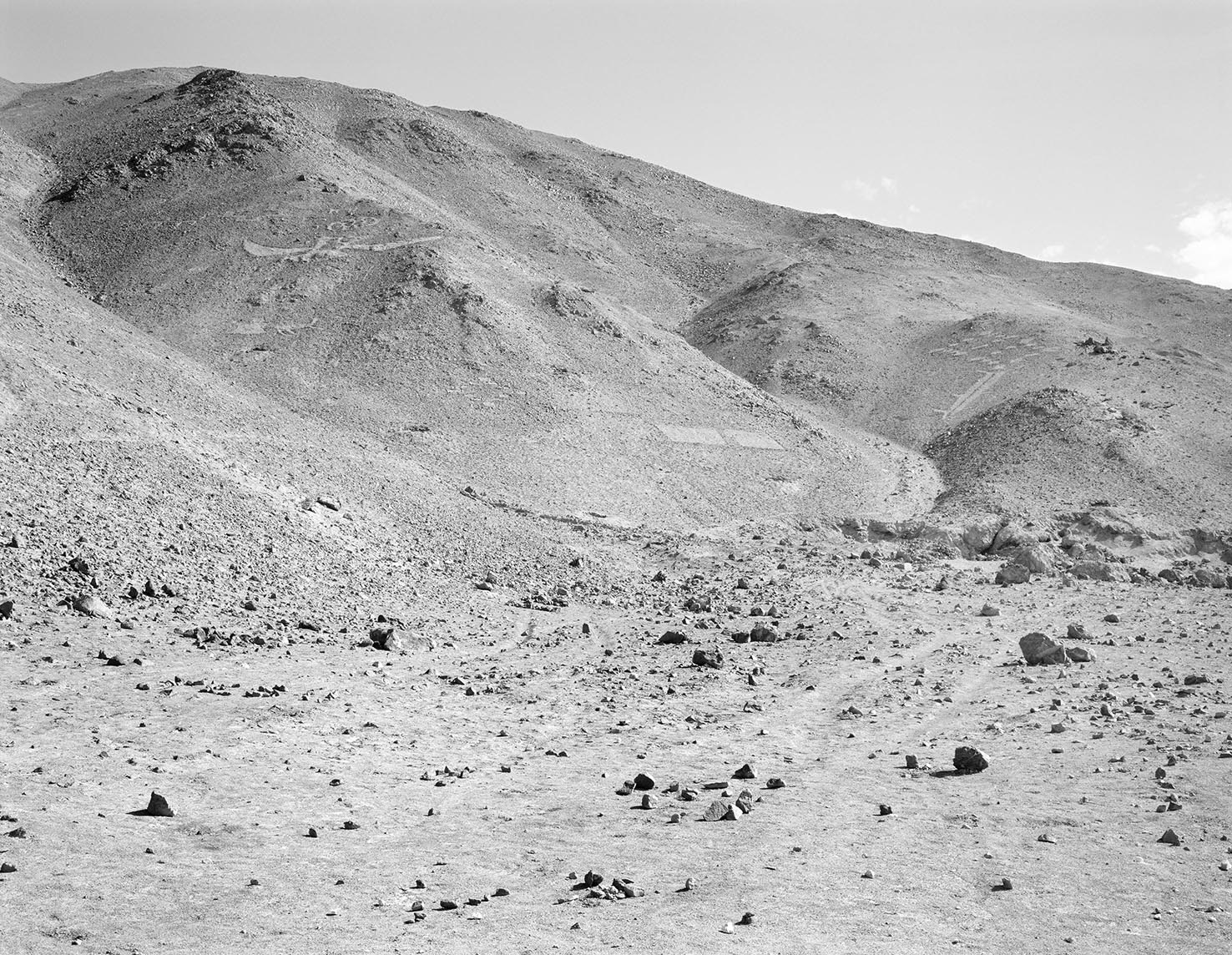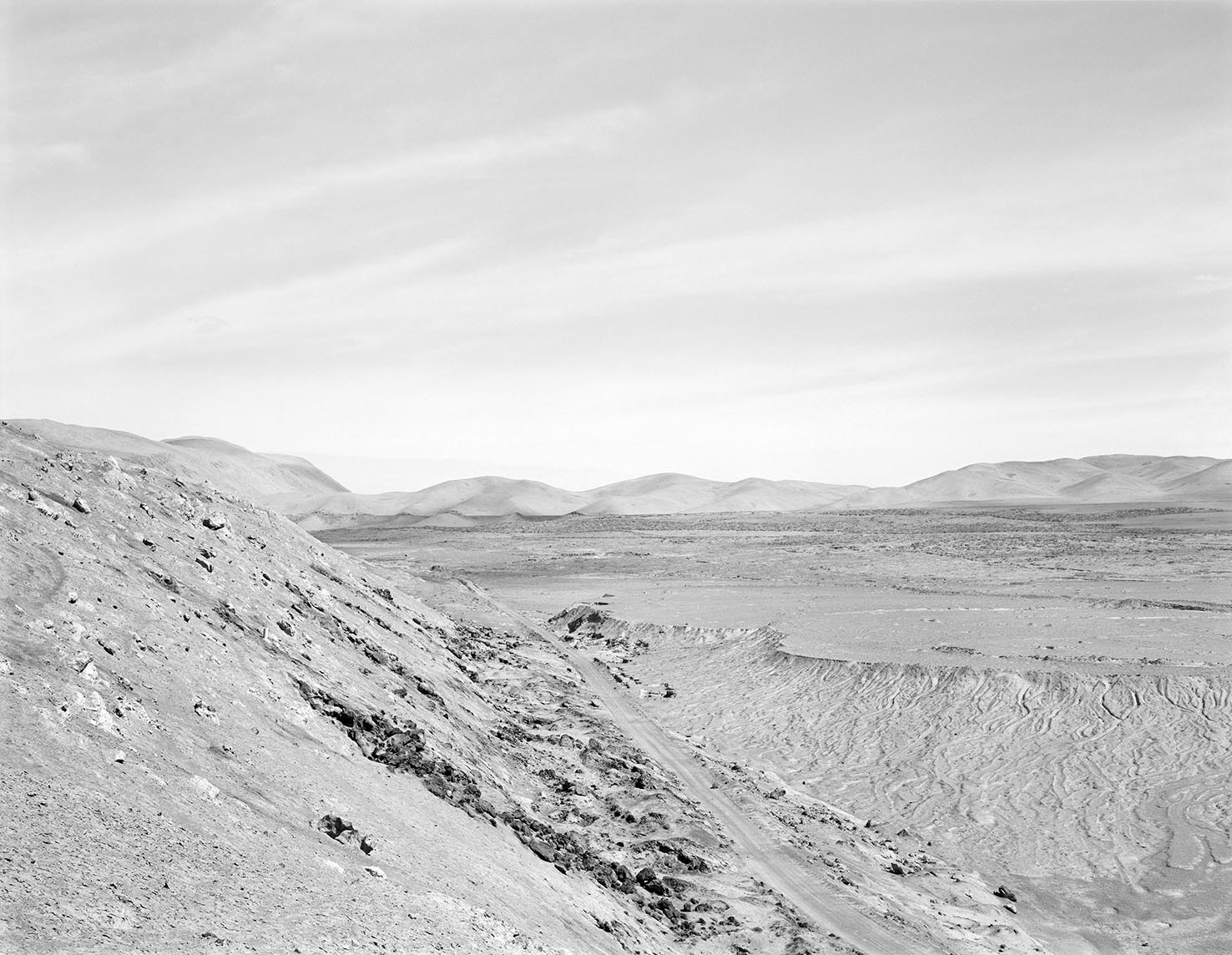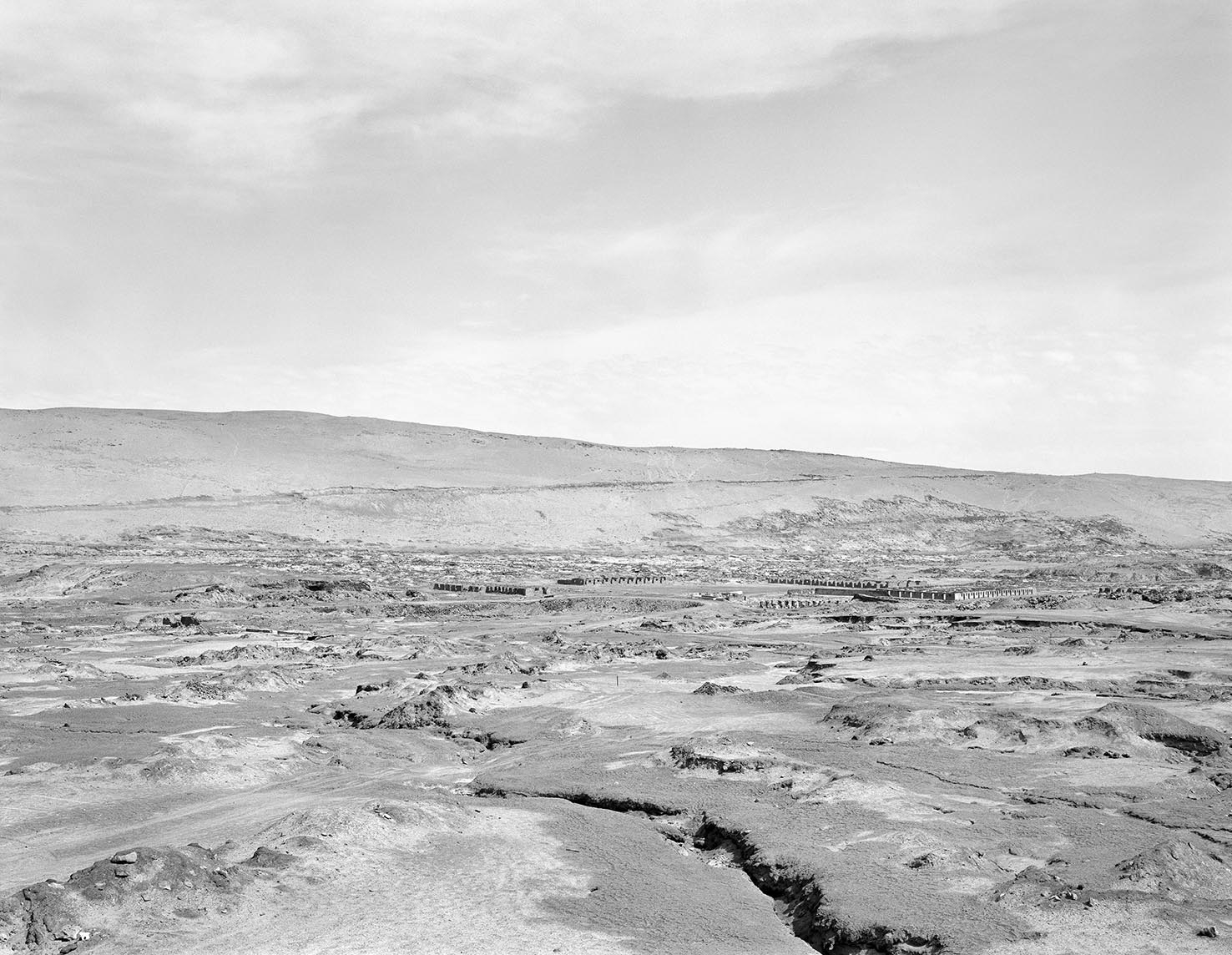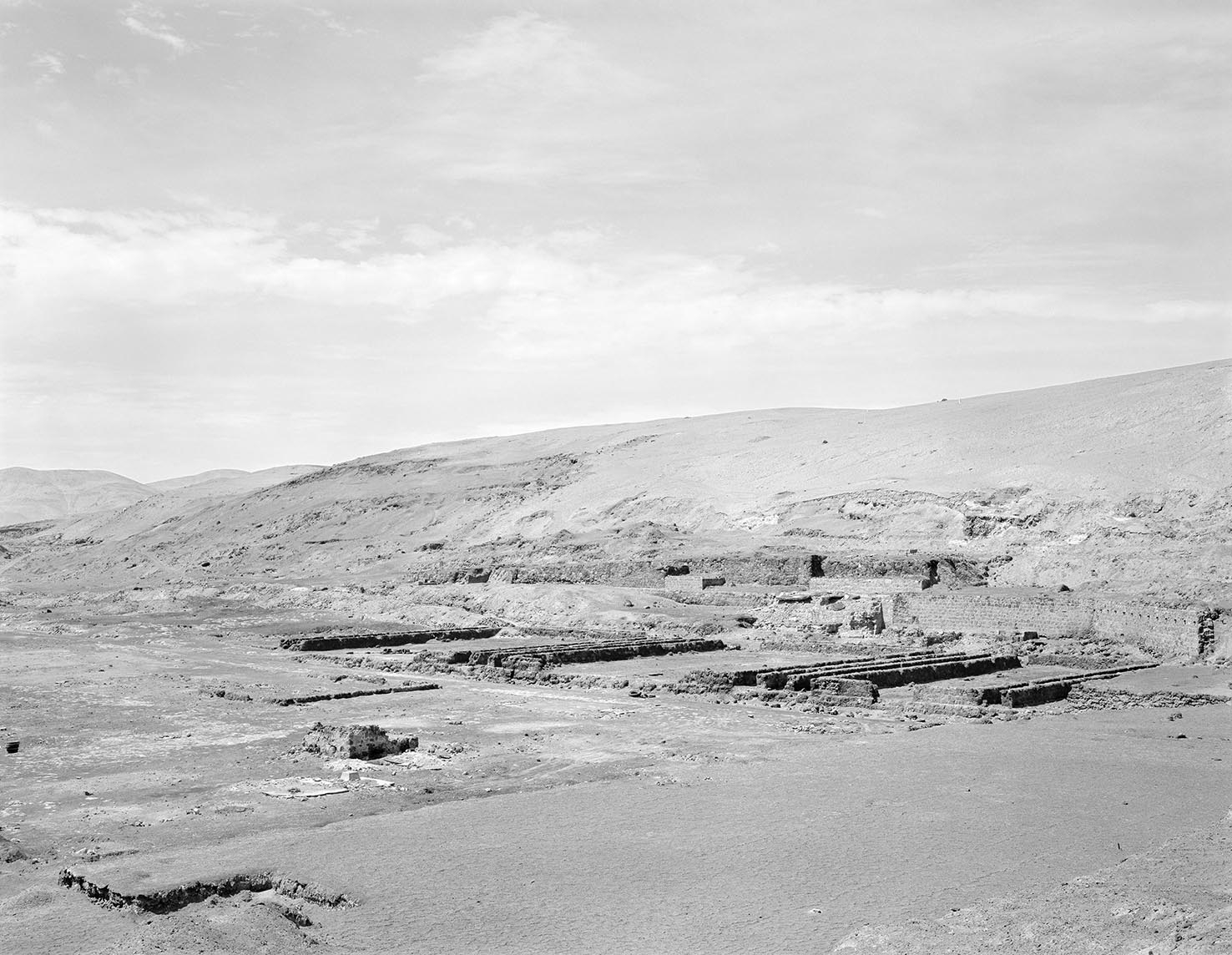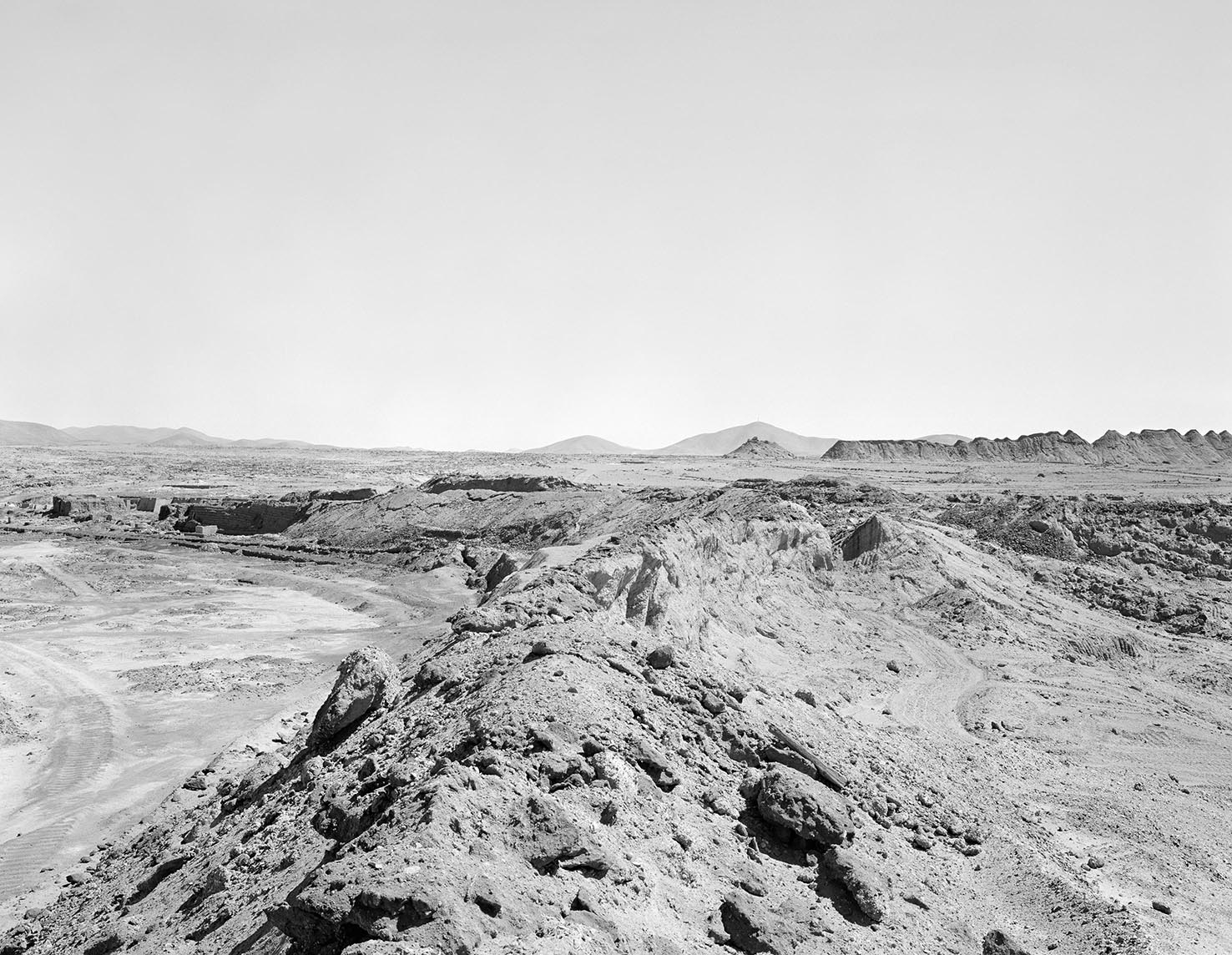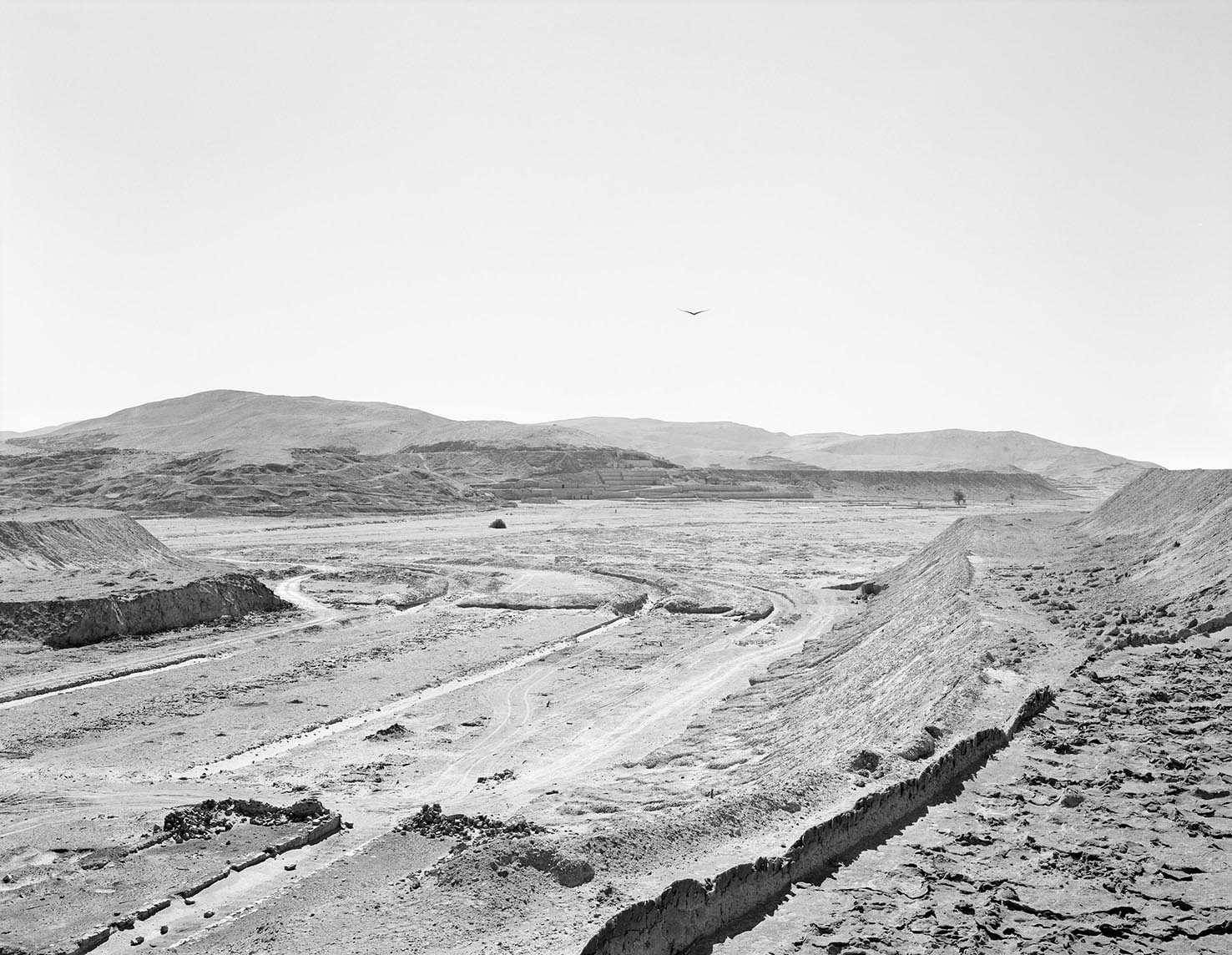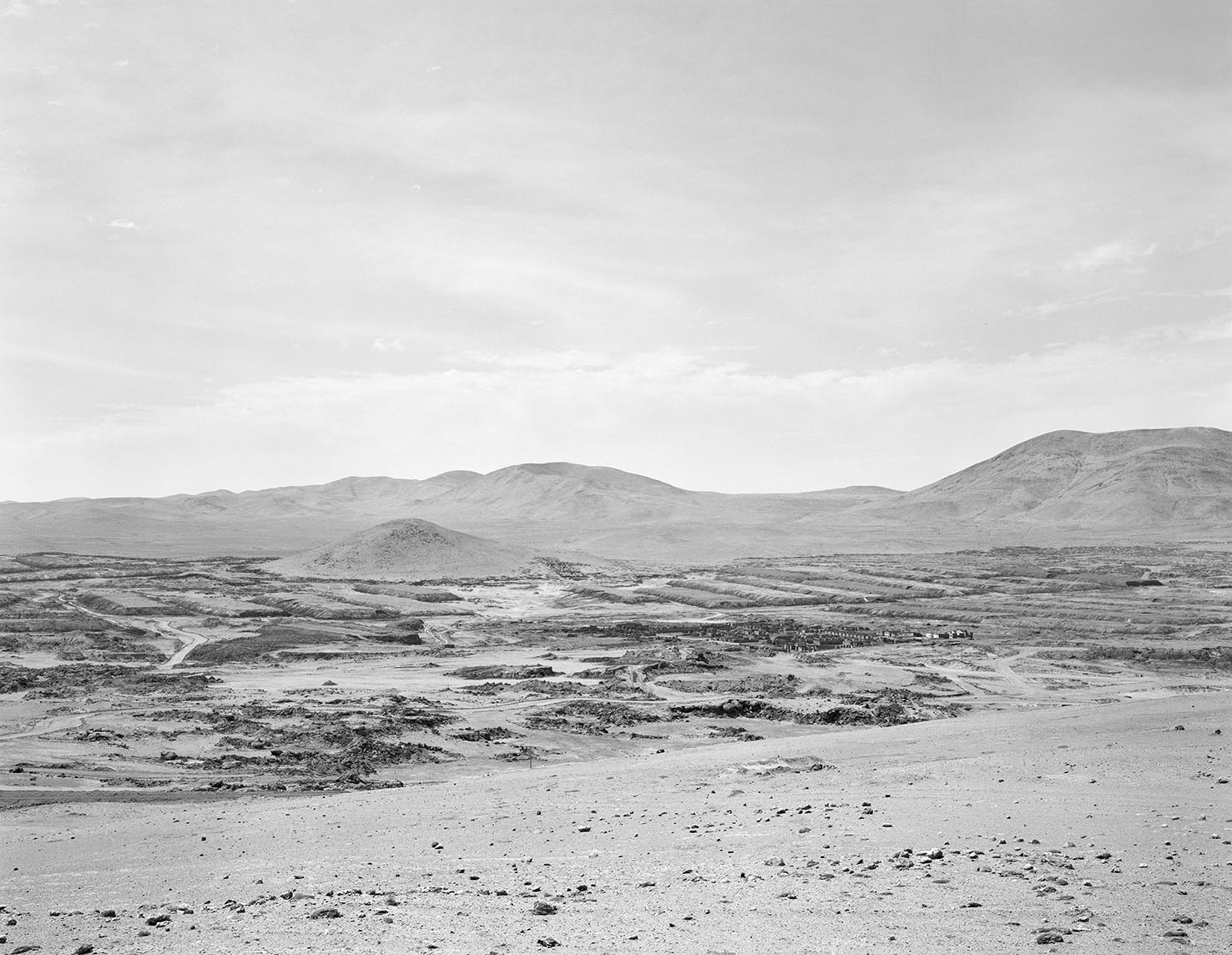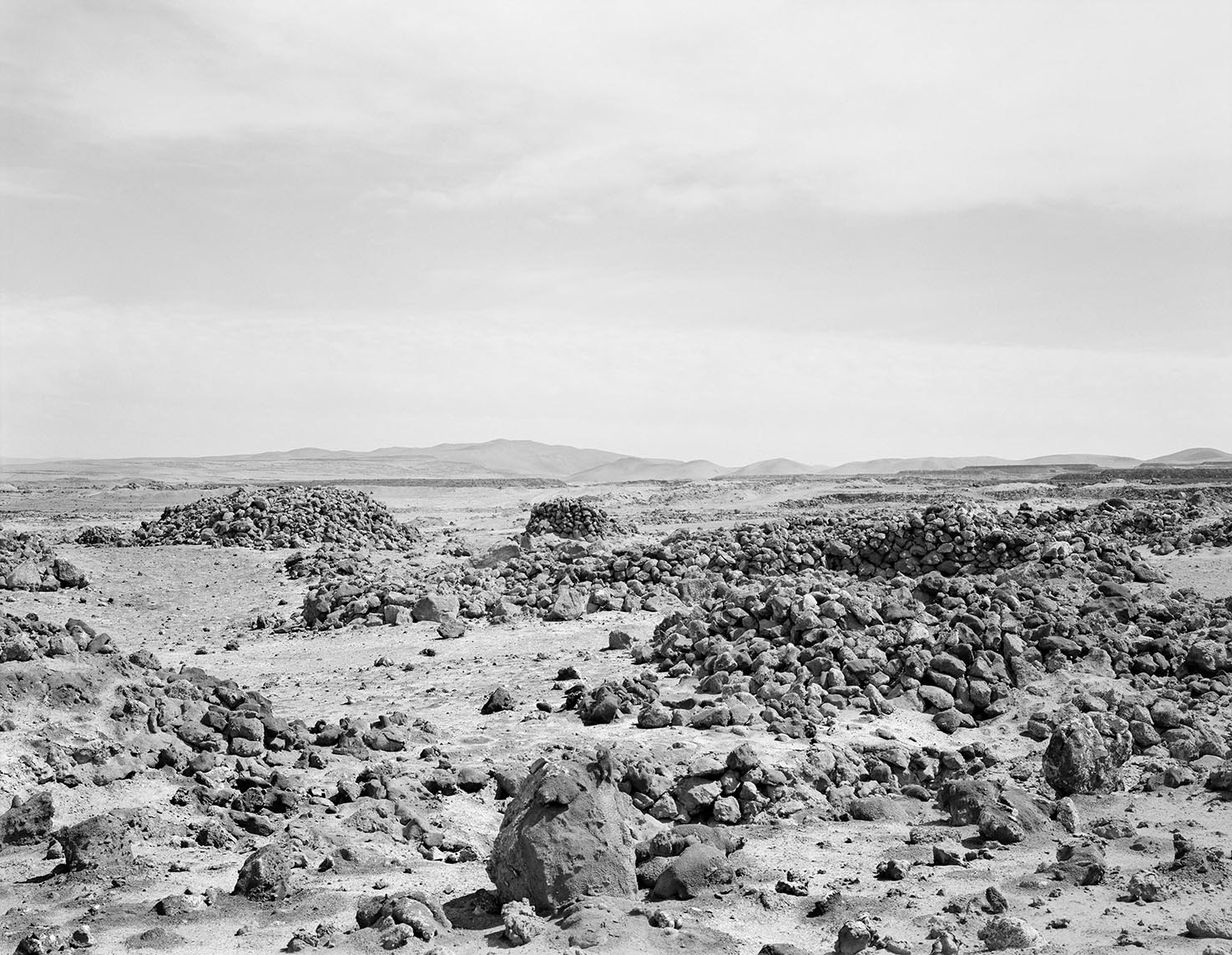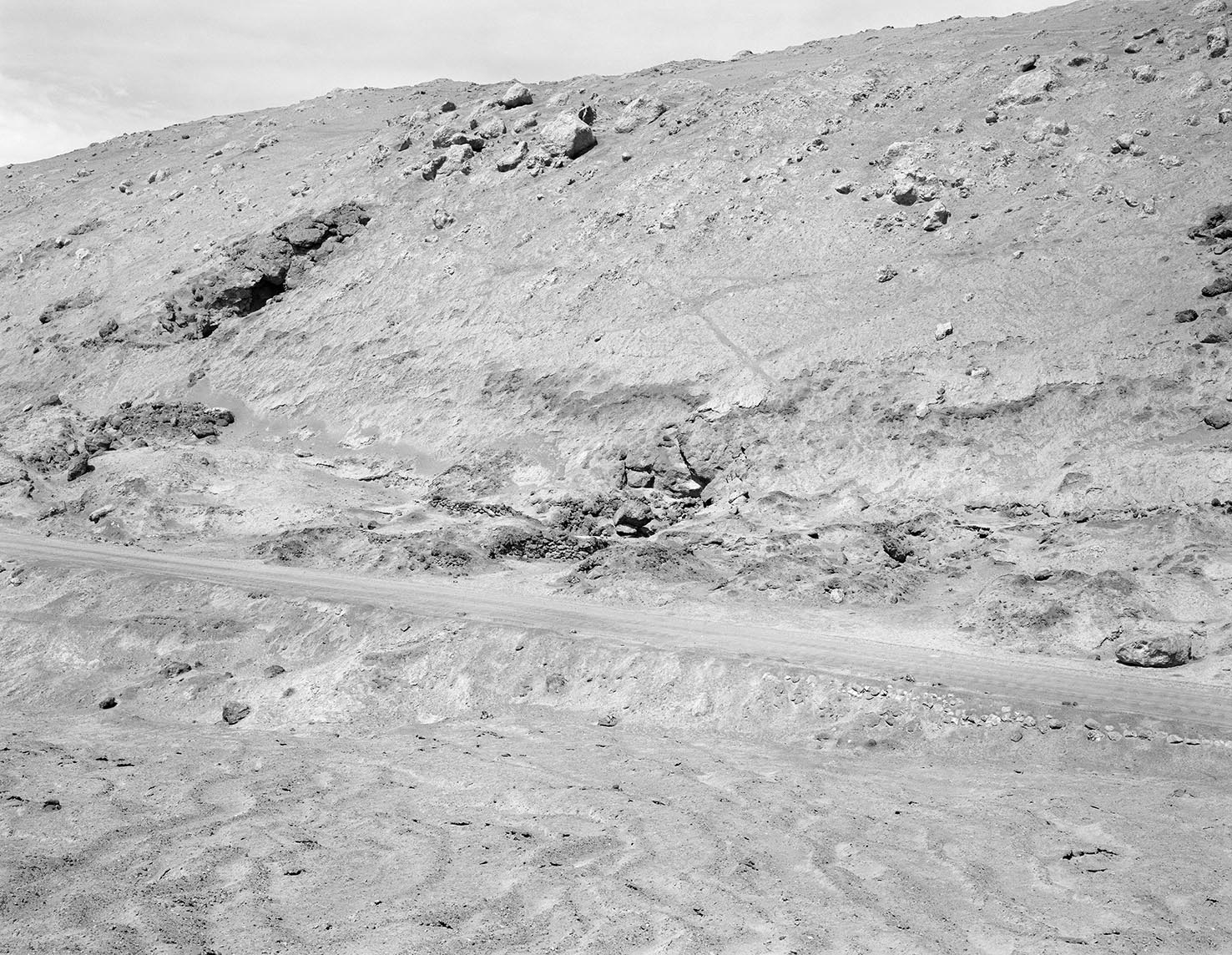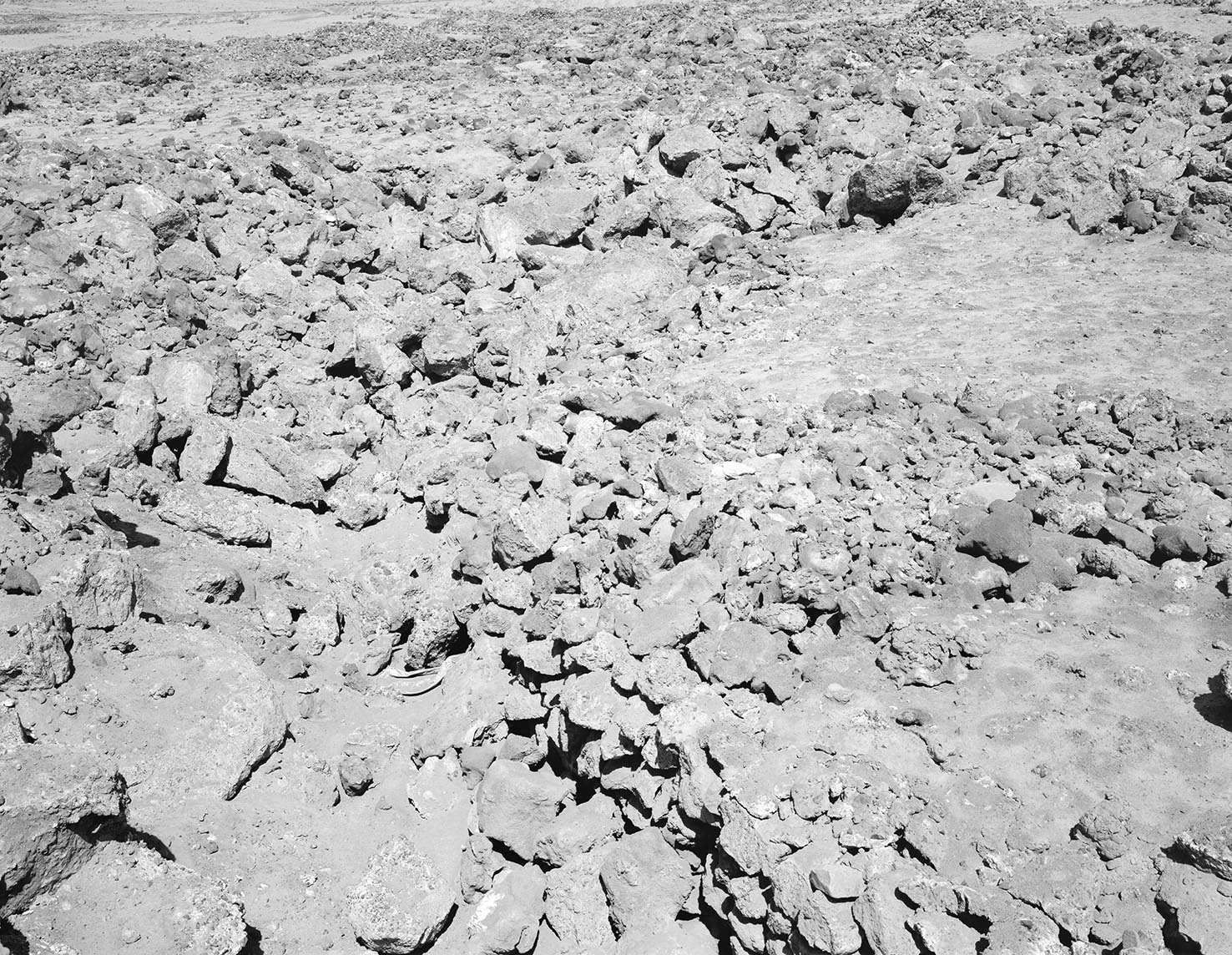The Atacama Desert became an industrial landscape in the late 1880s. Foreign capitalists and merchant houses established desert factories, towns and railways to extract its non-renewable natural resources in exchange for workers’ salaries and export taxes. "The Atacama Desert" writes Louise Purbrick, "was no longer a national landscape of Peru, Bolivia or Chile but incorporated into a geography of European capitalism; it was a ‘satellite’ of an economic system, a location of mines, a site of extraction of material wealth, the riches of the earth’s crust assimilated to capital." As a frontier territory, militarily taken from Peru and Bolivia in 1883, its natural resources of nitrate and copper extracted by foreign capitalists over a hundred and fifty years, the Atacama Desert is a contested, militarised space associated to national and colonial imaginaries.
The conflict of interests with foreign investors meant that the desert became the scene of the double struggle for the workers' salaries and for the nation's income. On several occasions, unlike in the dispute with Peru and Bolivia that led to the Pacific War, the Chilean army took the side of foreign interests. When Chilean President José Manuel Balmaceda intended to nationalise the nitrate industry he was met by the opposition of the Chilean congress, leading to the civil war of 1891 and his suicide. The Chilean army also inflicted violence on the nitrate workers, killing hundreds over the years during demonstrations and industrial action. And violence took over again in 1973 with the uprising of General Augusto Pinochet against President Salvador Allende as a response to his nationalisation policies, especially of copper and telecommunications, resulting in the suicide of Allende and sixteen years of dictatorship. The Atacama Desert bears witness to this recurrent history of violence.
The Atacama is the foundational landscape of the Chilean labour movement. The Socialist Workers Party was founded by the nitrate workers in the port town of Iquique in 1912, five years after the the tragic events at the school of Santa María, also in Iquique, when on the 21st of December 1907 more than three hundred nitrate workers were killed by the Chilean army. In the early 1970s the then President of Chile, Salvador Allende, acknowledged the history of struggle and resistance against foreign capitalists held in this landscape by the nitrate workers. However during the dictatorship of General Augusto Pinochet, the Chilean Air Force used abandoned nitrate towns, cemeteries and slag heaps as targets for firing practice. It was an act of premeditated violence against a landscape associated with the memory of the labour movement, and against the attempt to recover that memory, as for example in the abandoned nitrate town of Chacabuco, declared a heritage site by Salvador Allende in 1971, but transformed into a detention camp for political prisoners by Pinochet two years later.
The slag heaps are distinctive elements in the landscape. They are vantage points that make possible the apprehension of this once inhabited, productive landscape, now abandoned and deserted. As topographic accidents, they provide an image of capitalist accumulation and a restitution of the absent body of the worker,barely visible in the old photographs. These artificial structures were made by the movement and the energy of the worker's body with the help of simple tools like a pick and a shovel, shifting stone and refuse from one place to another. The mounds themselves are bodies, suggests Michael Taussig, "bodies made by hand". They are "a miraculous glimpse into the shaping of nature by the human hand, a monument to man's domination over nature through his domination over others, an archive of national history."
The thirty-three photographs of the Atacama Desert show the disrupted surfaces of the land around abandoned nitrate works, towns and ore fields. The photographs are open views mostly taken from the vantage points of slag heaps. They recreate the panoramic perspectives of historical photographs, commissioned by the nitrate producers as records of investment or as propaganda, which are now held in national libraries, archives and museums, and have become the official visual history of nitrate. The contemporary photographs present a detailed, yet fragmented panoramic view of this now deserted landscape, bearing multiple traces of its contested past. "Everything suggests" writes Carles Guerra, "that capital has migrated, leaving a wake of inactivity and silence. Eventually to be relocated in the new spaces of financial capital".


